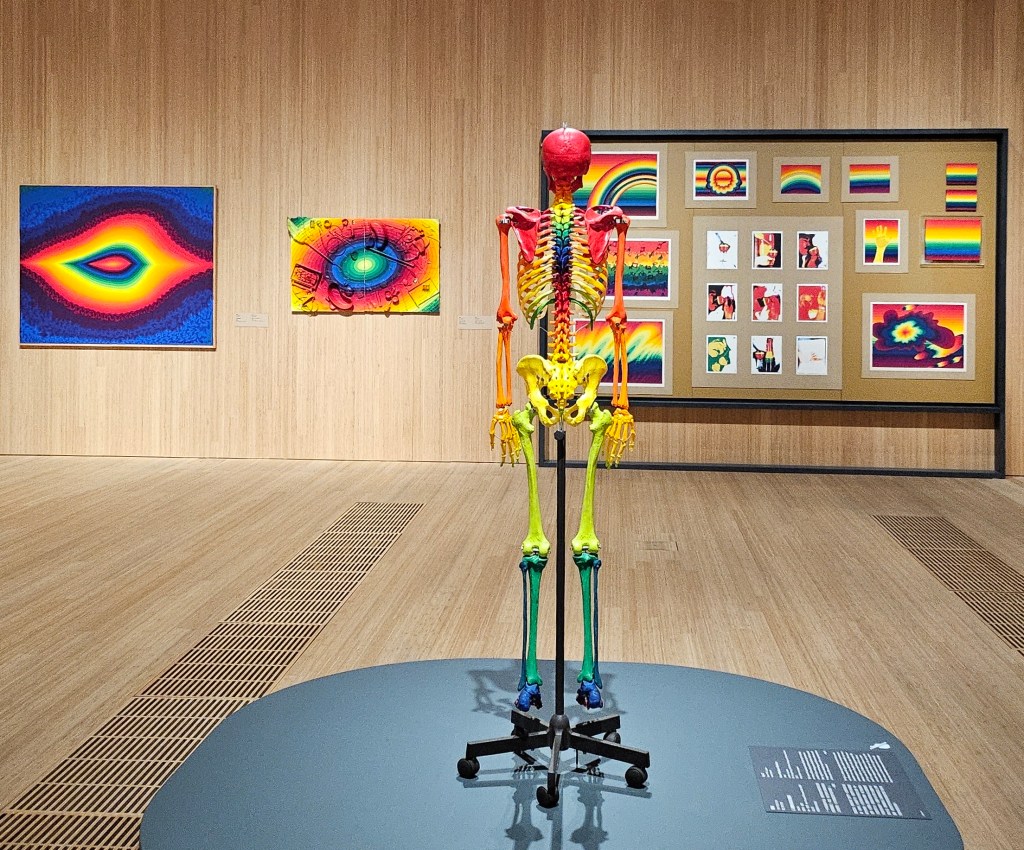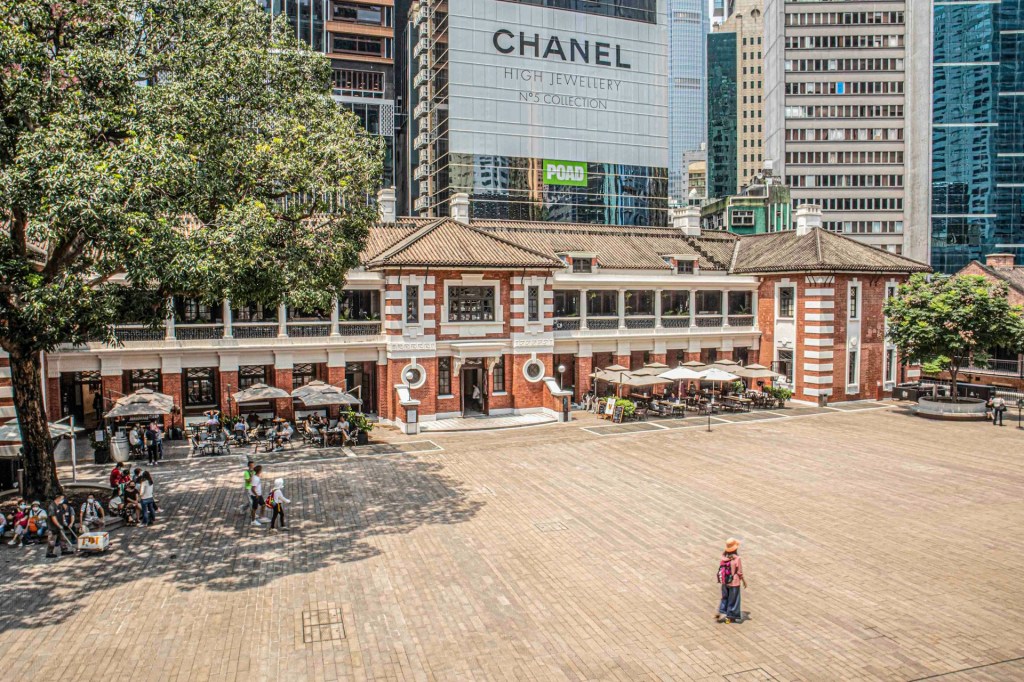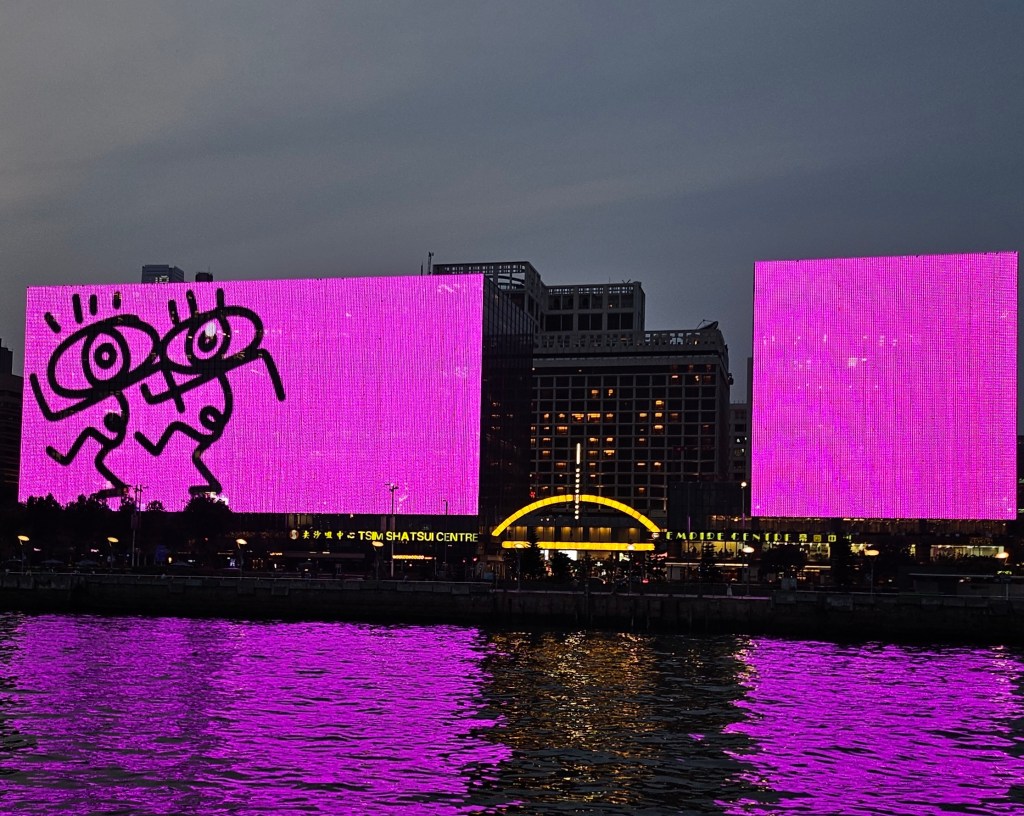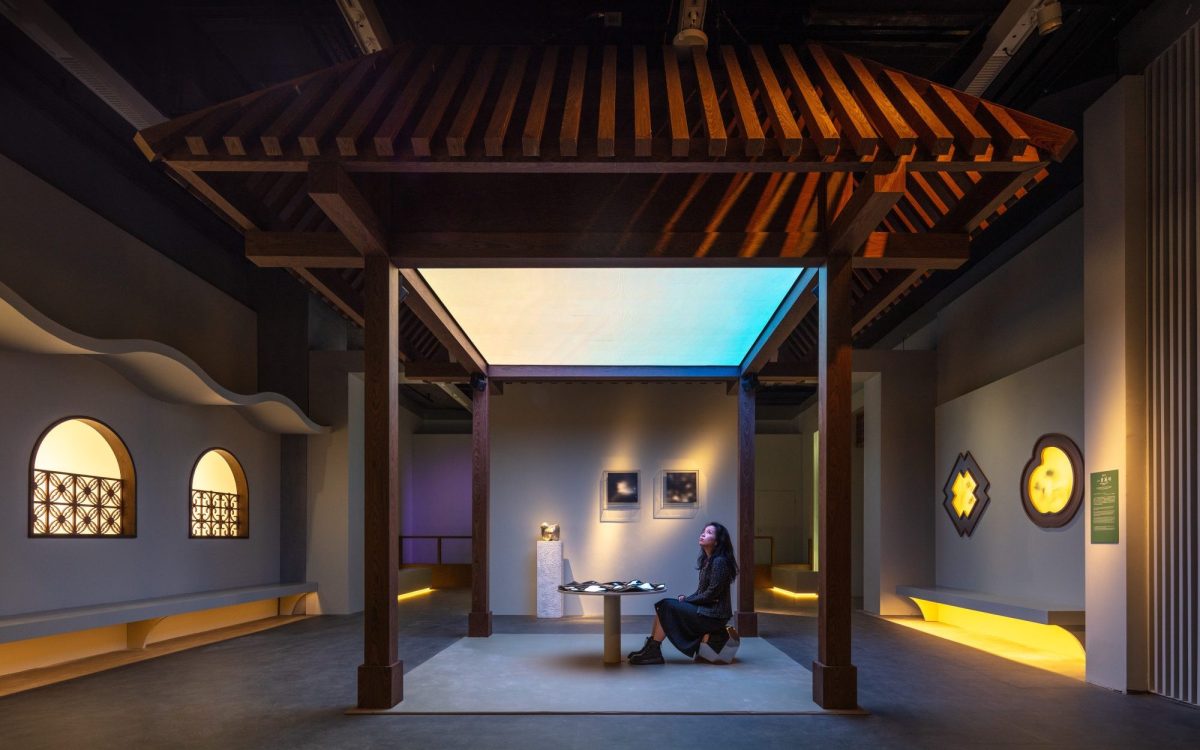As the buzzing art crowd departs from Hong Kong after a packed arts and cultural line-up in March with Art Basel Hong Kong, Art Central, the inaugural Hong Kong International Cultural Summit and more, the region has restored some of its calm. But this doesn’t mean that there is less to explore in the local arts and cultural scene.
One ambition outlined in the widespread programming of this year’s Hong Kong Art Week was to situate the region as not only a tourism destination for food, shopping, and sightseeing, but also as a location with a breadth of arts and cultural offerings.
For those who dodged the March Hong Kong travel blitz, here are ArtsHub’s top picks on what the region has got to offer.
In this article:
M+ Museum
M+ is located at the heart of the new West Kowloon Cultural District, opposite Hong Kong Island and accessible by MRT (train), bus, water taxi or car.
M+ showcases an array of Chinese, Asian and international contemporary art with permanent and temporary exhibitions, plus interactive spaces.
The M+ Sigg Collection: Another Story traces contemporary Chinese art from the 1990s to the present. Highlights include Sun Yuan and Peng Yu’s Old People’s Home (2007), featuring robotic and aged versions of global leaders that whirl around the gallery in their wheelchairs at different intervals throughout the day; Wang Du’s critical large-scale installation, Stratégie en chambre (1999) and Ai Weiwei’s Ton of Tea (2006) that offers both a visual and olfactory presence.
Another ongoing exhibition is Shanshui: Echoes and Signals, which explores the Eastern philosophy of “mountain and water” through a contemporary lens.
Those visiting soon should check out Ay-O: Hong Hong Hong, a delightful and considered rainbow-infused showcase (until 5 May), as well as The Hong Kong Jockey Club Series: Noir & Blanc – A Story of Photography (until 1 July), which unpacks the nuance of the medium.

The opening of M+ in 2021 was shrouded in censorship concerns and, to an extent, the Museum is still grappling with local politics and artistic/curatorial ambition. However, it seems that M+ has nonetheless cemented its commitment towards quality exhibitions and programming, making the Museum a new landmark addition worth multiple visits.
A must-see feature that is on view every night until 9 June is Yang Fudong’s black and white film, Sparrow on the Sea, projected onto the M+ Facade outdoors facing Victoria Harbour, and best experienced after sunset. The collaborative project commissioned by Art Basel and M+ is tender, beautiful and mesmerising.
From 15 March to 13 July 2025, M+ will present Picasso for Asia: A Conversation, co-curated by M+ and Musée National Picasso-Paris. The exhibition will showcase works by Asian and Asian-diasporic artists alongside Picasso in a global conversation.
M+ General Admission tickets: HK$60-120; Special Exhibition tickets: HK$70-140.
Hong Kong Palace Museum
Located in the same cultural district as M+ is the Hong Kong Palace Museum, which presents over 900 treasured items from the national Palace Museum at the Forbidden City in Beijing.
An array of thematic exhibitions transverse rich Chinese history, from architecture in the Forbidden City, to extravagant objects of daily and ceremonial use in the Qianlong period (1735-96).
Recently opened is Yuan Ming Yuan – Art and Culture of an Imperial Garden-Palace as part of The Hong Kong Jockey Club Series of special exhibitions. On view until 12 August, the show offers new perspectives on paintings, models and other notable works associated with the Qing dynasty palace.
A visit to M+ and Hong Kong Palace Museum can easily fill a one-day itinerary in Hong Kong, with the opportunity to catch sunset views at the West Kowloon Waterfront Promenade and Art Park.
Read: The rise of global arts precincts
Hong Kong Palace Museum General Admission tickets: HK$30-60; Special Exhibition tickets: HK$75-150.
Tai Kwun
Tai Kwun, formerly the Central Police Station Compound, is a well-established destination in Hong Kong’s creative scene. Visitors are able to learn about the history of the compound through guided tours, visit the old prison yards and also delve into its contemporary art offerings across the visual and performing arts.

Its dedicated gallery, J C Contemporary will present a solo exhibition, Bruce Nauman from 15 May to 18 August, drawing from the Pinault Collection, the Philadelphia Museum of Art and other institutional and private collections.
Also on view from until April 2025 is Tai Kwun Neon Connection, detailing a major project to light up Tai Kwun Lane through large-scale public artworks.
The Current Tai Kwun Performing Arts Season: SPOTLIGHT ends on 28 April, but more programming will be announced for the rest of the year.
Tai Kwun is situated in the buzzing Central district on Hong Kong Island, surrounded by malls, food, shops and other galleries.
Entry to Tai Kwun is free, tickets for JC Contemporary: HK$60-120.
Visitors can take the time to walk across to PMQ, also a major revitalisation project that transformed the Police Married Quarters to shops and studios for an array of local designers, crafters, makers and businesses.
Xiqu Centre
The Xiqu Centre is celebrating its fifth anniversary this year with performances by local and regional productions.
Xiqu means “Chinese opera”, and a flagship of the anniversary program is a 90-minute Tea House Theatre Experience complete with narrated songs and music from classic Cantonese opera, alongside tea and dim sum.
Highlighted works in the excerpt performances include two traditional love stories, ‘Viewing Lanterns’ from The Carp Maiden and a new adaptation of ‘A Perfect Union’ from The Strange Encounters of Liu Yi.
Children above the age of six are welcome.
Centre for Heritage Arts & Textile
The Centre for Heritage Arts & Textile (CHAT) is a heritage museum located on the second level of The Mills that opened in 2019. The organisation is committed to preserving local tangible and intangible textile heritage, and presents exhibitions, demonstrations, talks and workshops, as well as residencies for artists and researchers.
CHAT is also celebrating its fifth anniversary this year with a special exhibition, Factory of Tomorrow, featuring commissioned works as well as those from the CHAT collection. The show brings together 19 artists and collectives of Asian backgrounds to examine their take on textile technology, innovation, sustainability and more. On view until 14 July.
There are also several special displays throughout the museum, and a permanent exhibition on the previous life of The Mills as a cotton-spinning factory.
Art@Harbour 2024
If you’re in for the more leisurely type of art viewing, while enjoying the rest of what Hong Kong has got to offer, Art@Harbour is perhaps a good option.
The 2024 program is spread along Hong Kong’s harbour front, and includes installations such as the glowing bulbs of teamLab: Continuous; Chromaflux, featuring digital art displays to be enjoyed on a cruise; a sculpture by Polish artist Alicja Kwade at the K11 MUSEA promenade; and Voyage with Van Gogh at the Hong Kong Cultural Centre Piazza.

Some projects end in May, with others continuing through to early June.
Select galleries
Hong Kong has no lack of art galleries, from the local organisations supporting emerging talent to international blue chip players.
Blindspot Gallery in Wong Chuk Hang has a 14-year history. Currently showing until 18 May is Xiyadie: Butterfly Dream, featuring the self-taught traditional Chinese paper-cut artist, with two solo exhibitions featuring local artist Chihoi and South Korean painter Yooyun Yang opening from 4 June.
Admittedly, Blindspot is some distance from the major commercial and tourism hubs of Hong Kong Island, but it is in proximity to a plethora of other galleries, including Podium Gallery, Axel Vervoordt Gallery Hong Kong and DE SARTHE, and is a 15-minute bus ride to Empty Gallery, Kiang Malingue and Gallery Exit.
Another local art centre, and an institution in its own right, is Para Site. Founded in 1996 as an artist-run space, it was Hong Kong’s first space to create exhibitions of contemporary art. Crowds filled its intimate galleries for the two exhibitions, Sounding Lines by Aki Sasamoto and Soft breath by Trevor Yeung, during Art Week, so it’s actually a better option to visit now in a more tranquil atmosphere for art viewing. Sounding Lines is on view until 28 July, and Soft breath until 26 May.
Many international galleries have conveniently established their Hong Kong headquarters in the H Queen’s Building in Central, including Pace Gallery, David Zwirner and Whitestone Gallery. It’s a total collision between art and commerce, bolstered by the array of shopping and dining options at street level.
ArtsHub travelled to Hong Kong from 24-29 March as a guest of the Government of the Hong Kong Special Administrative Region’s Sponsored Journalist Programme.





